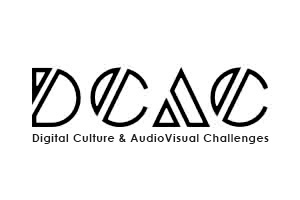Description: This workshop derives from an art piece and project called Tetrahymena. Tetrahymena is an art piece that is most of all a research project. The artists' aim is to not only to develop and experiment with biological material and techniques to develop and produce the artwork but also, and more importantly, to experiment with concepts and preconceptions about gender issues that concern us all. Tetrahymena was developed by Marta de Menezes and Maria Manuela Lopes in collaboration with scientist, Isabel Gordo during a residency at Ectopia/Instituto Gulbenkian de Ciencia in Lisbon. The experimental session in this workshop will allow the participants to view and observe the unique unicelular organism called Tetrahymena Thermophilia and learn the unique characteristics of this being life. This process will give raise to discussions on the artistic, aesthetic and ethical issues raised by the art knowledge and the science involved. Handling these materials and organisms will provoke a reflection on the theoretical issues involved and the course will provide background information on the current diversity of artistic discourses centred on biological sciences, as well a forum for debate.
| Topic | Summary |
|---|---|
| Introduction to the course | Introduction to Tetrahymena Thermophilic and their unique life cycle. |
| Experiment | Lab safety introductory remarks. Preparation of glass slides with cell for observation under the microscope and living condition requirements for tetrahymena cultures. Observation of tetrahymena under the microscope and detailed description of each of the seven genders. Discussion on the idea and meaning of the words gender, mating type and sex. |
| Discussion and documentation | Documentation of the descriptions and images of the seven gendered cells and open discussion. |
Back to seminars





